#meki nui
Explore tagged Tumblr posts
Text


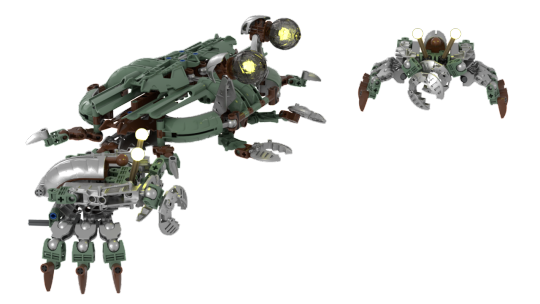
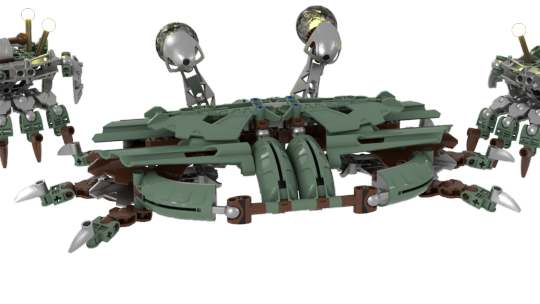

Ussal Nui
Aqua Magna, c. 100,000 AGR
The surface portion of Meki Nui's Onu Wahi is a vast expanse of unsettled grassy moorland, dotted with rocks and crags that hide entrances to the underground. It's said that somewhere out on these plains, the queen of the wild Ussal herds holds her serene court.
Moctober 2022, Day 25
78 notes
·
View notes
Text
* / 𝑠𝑝𝑒𝑙𝑙 𝑜𝑢𝑡 your url with song titles and 𝑡𝑎𝑔 10 ( or more ) people !!
tagged by @honestlyoriginal
tagging: @jungkookiebus, @trulyhopelessromantic, @datingdonovan, @incorrect-reddie-quotes, and anyone else who would like to do this!
take me home - Us The Duo hands up - Cherry Bullet chemicals - Key violeta - IZ*ONE chocolate - SHINee la la la - Weki Meki van nuys - Hotel Books xoxo - EXO take the dive - Jonghyun set me free - LADIES’ CODE
5 notes
·
View notes
Text
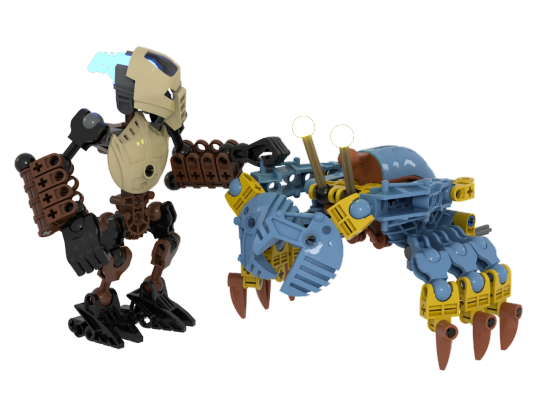
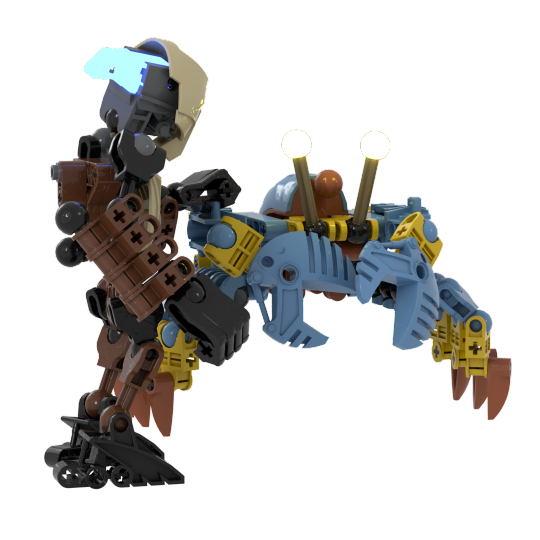


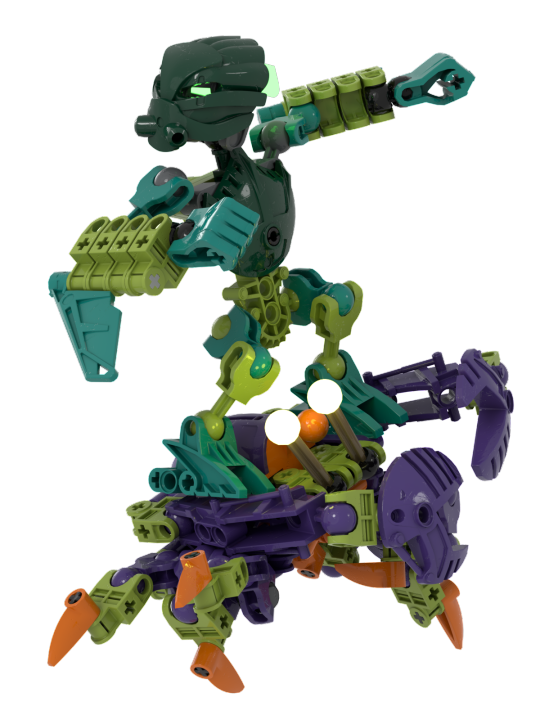

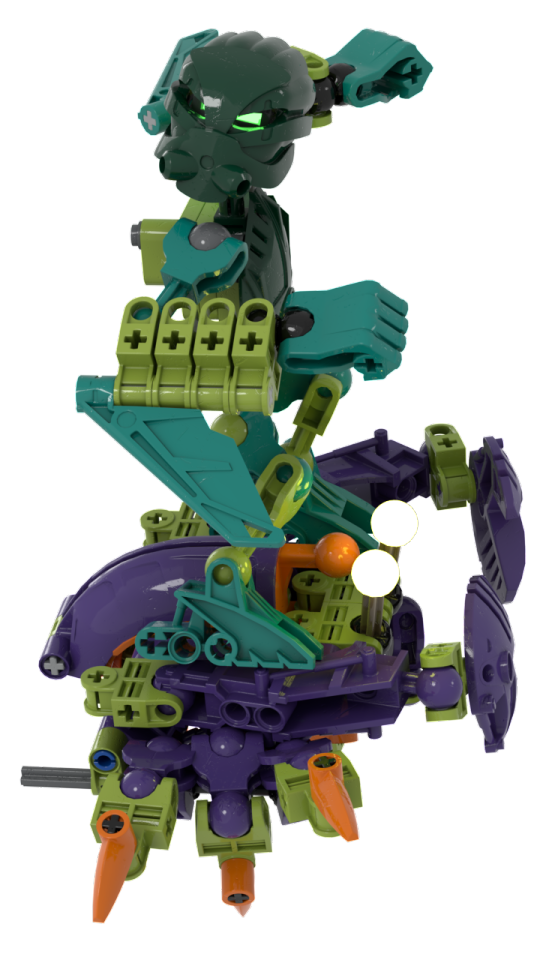
New Atero Ussal Crab
Aqua Magna, c. 100,000 AGR
Named for the ancient Bara Magnan city in which they were first raised, these rahi are still an essential part of modern matagori life, and just as beloved as their pre-rejoining forbearers ever were. The villagers of Meki Nui raise them mostly as pets and beasts of burden, but ussal racing is a popular sport in the underground portion of the village, and the most dedicated villagers take great care in raising and keeping their pedigree racing crabs.
Moctober 2022, day 23
90 notes
·
View notes
Text



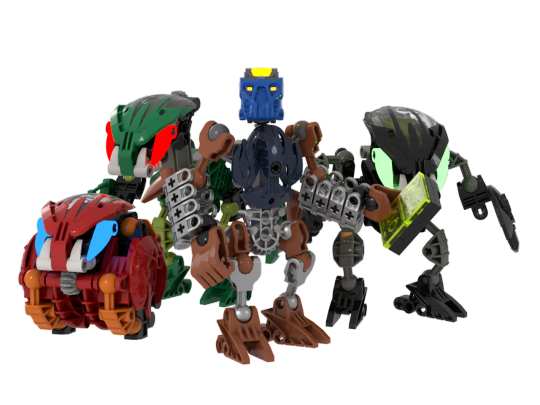
Wharfmaster Dihvok
Aqua Magna, c. 100,000 AGR
These days, it's not uncommon to come across biomechs who have chosen to link their minds to the bahrag queens. Dihvok's mannerisms can be unsettling to those who don't know him well, but he and his helpers always keep the goods moving through the docks and the town's infrastructure in tip-top shape.
Moctober 2022, day 15
74 notes
·
View notes
Text



The Baarahk
Aqua Magna, c. 100,000 AGR
It is quite a rare sight to see an ancient rahkshi, under normal circumstances. But should the residents of meki nui ever want to (and they typically don't), they need only to travel to the reef of jagged rock that sits less than a mile from the island's eastern shore. The villagers rarely dare to travel there, partially because it's difficult to traverse by foot and impossible to navigate by ship (if you want to keep the ship, that is). But partially because it is the domain of The Baarahk. The rare visitor to the jagged archipelago is almost certain to see him at some point, perched on a windblasted outcropping. Watching. What is he watching for? And what secrets does he hide at the center of the reef where none dare to tread?
Moctober 2022, day 11
67 notes
·
View notes
Text



Vraaski and Suletox of the Sand Tribe
Aqua Magna, c. 100,000 AGR
In the past millennia, the sand tribe has gradually regained interest in communicating and collaborating with the rest of the world, and have abandoned some (though not all) of the traits that once caused other agori to view them as bestial. Past animosities have largely been left behind on the grand scale of things. They even accept and raise biomech members just like their fellow tribes. To the villagers of Meki Nui, Vraaski and Suletox are perhaps some of the most familiar members of the sand tribe settlement on the island's southeastern beach. They are glad to sell the raw materials they comb from the beach and salvage from the ocean to anyone with the widgets.
Moctober 2022, day 13
#lego#bionicle#moc#stud.io#moctober#moctober 2022#matoran#agori#zesk#meki nui#sand tribe#vraaski#suletox#yeah i know one of vraaski's arms is longer than the other it's a mistake#i didn't feel like going back and redoing the render
64 notes
·
View notes
Text
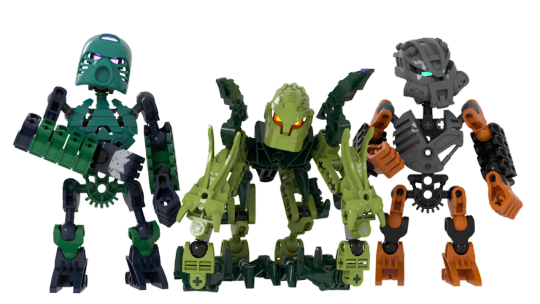
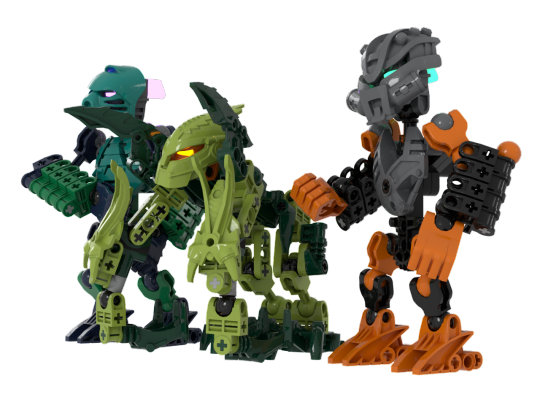

Farmers of Meki-Nui
Aqua Magna, c. 100,000 AGR
Feeding a town like Meki-Koro is no small task. Thankfully, there are more than enough helping hands in the islands gardens and fields.
Moctober 2022, day 19
#lego#bionicle#moc#stud.io#moctober#moctober 2022#matoran#agori#bo-matoran#onu-matoran#jungle tribe#meki nui
57 notes
·
View notes
Text



Nixolus
Aqua Magna, c. 100,000 AGR
For the most part, Meki Nui is an island paradise without strife or danger. For the most part. But the frosty heights of the shardpeaks that cut off the island's western peninsula are treacherous even for a toa. Nixolus roams where the matoran and agori cannot, tirelessly working to save the lives of future travelers and fools that decide to brave the cold; setting up flags that can be seen through blizzards, carefully hiding caches of emergency supplies, hammering chain handholds into sheer cliff faces. Sometimes, the reclusive being can even be persuaded to personally guide parties of villagers through his territory. Just don't expect him to say much, beyond the essentials.
Moctober 2022, day 7
#lego#bionicle#moc#stud.io#moctober#moctober 2022#meki nui#nixolus#another dark-hunter based build#this one is tyrant's species
32 notes
·
View notes
Text



Silat Nui Mukau
Aqua Magna, c. 100,000 AGR
Originating from a completely different island in the blue sea of Aqua Magna, this larger and heftier model of an ancient rahi is a dependable livestock, much beloved by the farmers of Meki-Nui.
Moctober 2022, day 21
29 notes
·
View notes
Text

Elder Parthena
Aqua Magna, c. 100,000 AGR
Despite being an agori, the matoran of the island town of Meki Nui still often call her Turaga.
Moctober 2022, day 2
41 notes
·
View notes
Text

Chronicler Zada
Aqua Magna, c. 100,000 AGR
Meki Nui's resident troublemaker. Wanna get on Turaga Giiku's nerves? She's your gal.
Moctober 2022, day 4
20 notes
·
View notes
Text
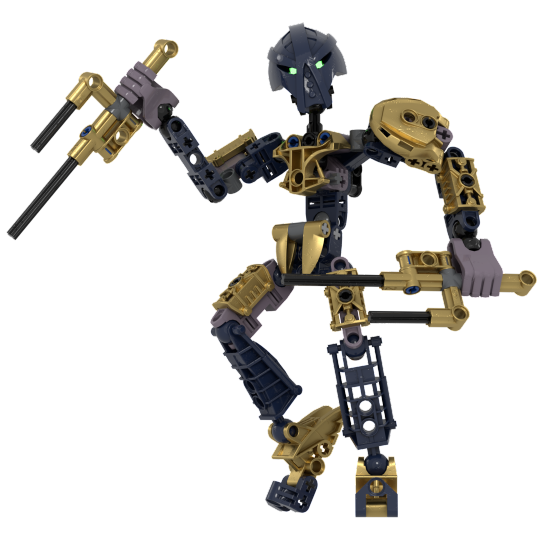
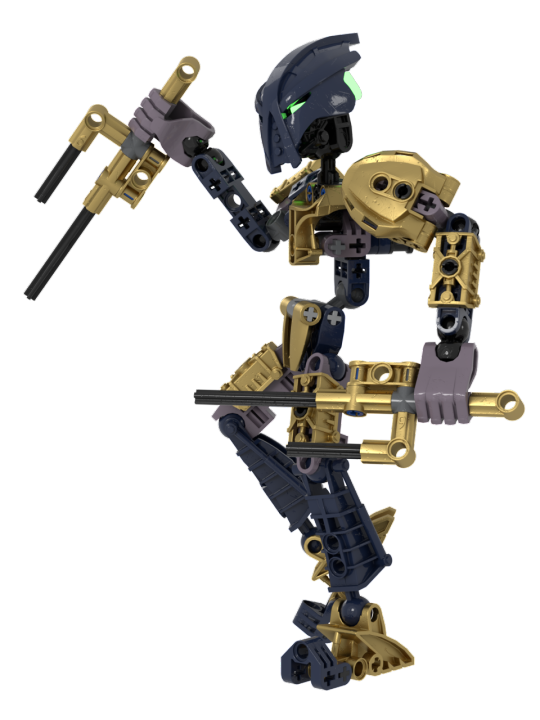

Telsi, Toa of Psionics
Aqua Magna, c. 100,000 AGR
Second in command of the Toa Magrath, Telsi is looked up to with a kind of awestruck reverence by those matoran who dream of being toa one day on meki nui. Compared to her more understated brothers and sisters among the island's protectors, her exploits seem grander, her skillful fighting style more impressive, he detached personality more befitting that of a living legend. Yet in her own heart telsi knows that the greatest wisdom is humility and attentiveness, so she appreciates her teammates, stays on task, and doesn't let the matoran's hero worship go to her head. Mostly.
Moctober 2022, day 9
#lego#bionicle#moc#stud.io#moctober#moctober 2022#toa#toa of psionics#meki nui#toa magrath#that toa team name is a working title#so the tags might change#... later
15 notes
·
View notes
Text



Lyama
Aqua Magna, c. 100,000 AGR
A gentle giant among her kind, Lyama is a frequent visitor to the shores of Meki Nui in her constant oceanic migrations. She enjoys giving the local matoran news of far flung islands and the movement of sea beasts and rahi.
Moctober 2022, day 5
#lego#bionicle#moc#stud.io#moctober#moctober 2022#meki nui#i based her on amphibax so she's a member of his species
14 notes
·
View notes
Text
Matoran Morphology: Chronicler’s Update
Sorry for not posting the next section of the Matoran Morphology study last week. It was the start of the great school’s winter classes here on Meki-Nui, so things were cuh-RAAAAAAAzy around here. The next section is coming very soon, but I’m also here to announce that I’ve posted the extra information from section 1! It’s over on an adjacent dataweb log since it’s a little different from the rest of the stuff I’ve been posting from this study.
One other cool thing before I go: I looked into that disagreement about Toa Nuparu’s arm. I still couldn’t get a hold of Toa Nuparu Himself, but after looking through the archives of his own personal websuva, I found that he once claimed the abnormal arm that Chronicler Kopeke was remembering was a prosthetic that he built and attached himself! Just so he could use his original arm to build a giant battle robot! That’s, like, insane! I never knew he was so hardcore!
Chronicler Zada
PS: Toa Lexan told me I should add this script to my update post: “Thanks to @ask-toa-nuparu for letting me shout out his post! Make sure to give them a follow if you haven’t yet. You can also follow my other blog @lekorojams for reblogs and other Bionicle stuff besides my moc projects.” I have no idea what any of this means. Turaga Giiku told me that Lexan should have become a Turaga a long time ago and that he’s probably just getting a little confused in his old age.
14 notes
·
View notes
Text


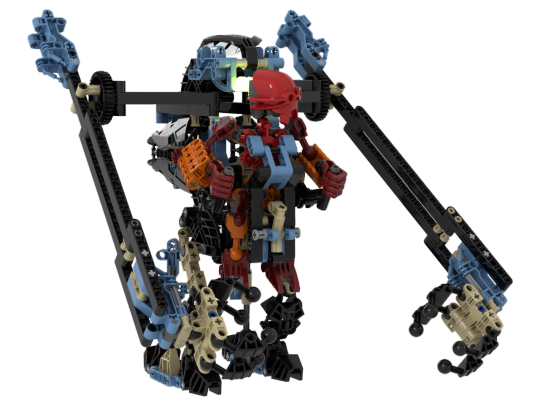

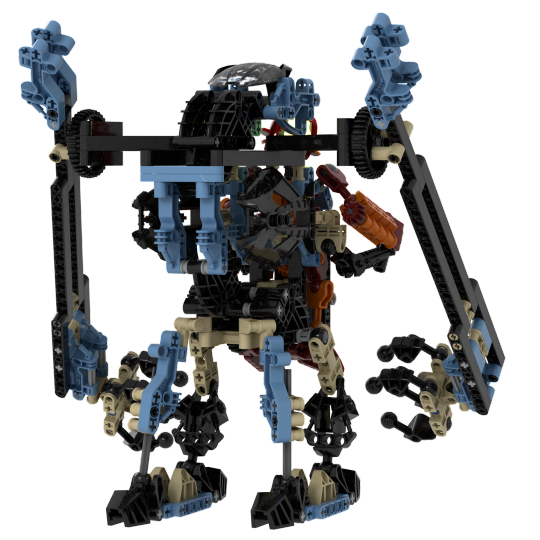
LIFTOR Mech
Aqua Magna, c. 100,000 AGR
Always useful for heavy duty work, these powerful machines can be seen daily on the docks of Meki-Nui. The legacy of toa Nuparu's inventions from ages past lives on.
Moctober 2022, day 17
64 notes
·
View notes
Photo






Matoran Morphology Section 5: The Southern Continent
The Southern Continent is quite possibly the most under-acknowledged and underappreciated region in the matoran universe, especially considering that it was home to nearly 40% of all matoran. And that doesn’t even count the av-matoran who lived in the caverns below or the thousands of matoran living on islands farther off the coast that still relied on the continent for trade and travel. Yet in genral studies of matoran culture, the contributions of the south are often disregarded in favor of the influence of Metru Nui.
Form: The Southern Continent probably provided the widest and most vibrant diversity of body types and form factors out of any single region in Mata Nui’s universe. It’s common knowledge that the people of the continent could often instantly distinguish the specific village that a matoran came from due to their body build. Therefore I must especially stress here that this study is by no means comprehensive.
However, if one is to make any broad generalizations about the southern form, two distinct body types emerge. The inhabitants of the continent have special words in their modified matoran dialect to refer to matoran of these builds: “rora” and “taku”. Roughly translated into agori, the words mean “the tall ones” and “the squat ones”.
“Rora” matoran are narrowly built and have compact chests that are often deeper than they are wide. Their legs are mid-sized and their hips are narrow and stacked directly under their chest. Overall they look relatively similar in proportion to an av-matoran or even a toa. “Taku” matoran stick much more closely to the body proportions of a matoran’s core. They have broad, boxy torsos with very wide shoulders and hips. Their legs are extremely short, bringing their whole body close to the ground. Both matoran types tend to have long, boxy, well-articulated arms… long enough that “Taku” matoran should have trouble with dragging knuckles. To solve this problem, many of them have muscle systems rigged so that at rest, the arms will float in a position with the elbows up and out, again emulating the shape of the core matoran body.
Functionality: Out of all matoran forms, the southern continent builds are the closest to being what one would call an “all-around” body type. There’s nothing particularly remarkable about their abilities, but they don’t really have any glaring shortcomings either. It’s no coincidence that they’ve become the most common choice for matoran looking to modify themselves post-great rejoining. The versatile nature of the southern body most likely comes from the fact that, apart from a few dozen bustling port towns, southern matoran were much less likely to build large, technologically advanced urban centers like the Metru Nui-influenced cities of the north. They preferred instead to live in small-to-midsized villages that were more in tune with the natural world around them. Their bodies are therefore built for adaptability and multitasking in the context of a rural lifestyle.
History: The vast majority of the matoran on the Southern Continent lived within a relatively short distance from the coast; the further towards the center of the continent one traveled, the sparser matoran settlements would be and the harsher the terrain would grow. To be clear, there were matoran living in the very heart of the continent, but they are a special case and will be covered in another section. For most matoran, the lush wilderness of the continent’s outer ring provided fertile soil for farming, woods for logging and hunting, and sea access for fishing, travel, and trade.
Unfortunately, the southern matoran’s penchant for adaptability was put to the ultimate test in the Great Cataclysm, as the region was subjected to quite possibly the most horrific result of the event. A large chunk of the very center of the continent, a region referred to as Voya Nui, was blown straight through the roof of the continent’s dome and out into the ocean of Aqua Magna above. This caused the deaths of thousands of matoran, left a hole in the sky, and allowed water to come rushing in from the exterior ocean. Over the 1000 years between the Cataclysm and the Rejoining, the dome filled up further and further with Aqua Magna ocean water, forcing almost the entire continent to evacuate. By the time of Mata-Nui’s reawakening a few months before the rejoining, the sea level had risen several kio, and the matoran had either evacuated to other domes or retreated to the few mountaintops of the continent.
Acknowledgements: Today’s volunteer models are Banme, Ba-Woodcutter Derei, and Sutori, Po-Warrior Makanu.
Chronicler’s notes:
Sorry about the long wait everyone. There was a festival going on here on Meki-Nui, and Turaga Giiku had all of us chroniclers busy with other stuff. In fact, most of us matoran were forbidden from working on our usual jobs while the festival was in progress. Hey, I’m not complaining.
Apparently Sutori, the po-matoran model, was sort of a celebrity on the continent back in the day. He was about as good a warrior as a matoran can be without outright becoming a toa. Supposedly he could even take on rahkshi one-on-one and win. I don’t know if he’s still alive or not, but there’s a monument to him somewhere in Bara Magna.
Chronicler Zada
79 notes
·
View notes